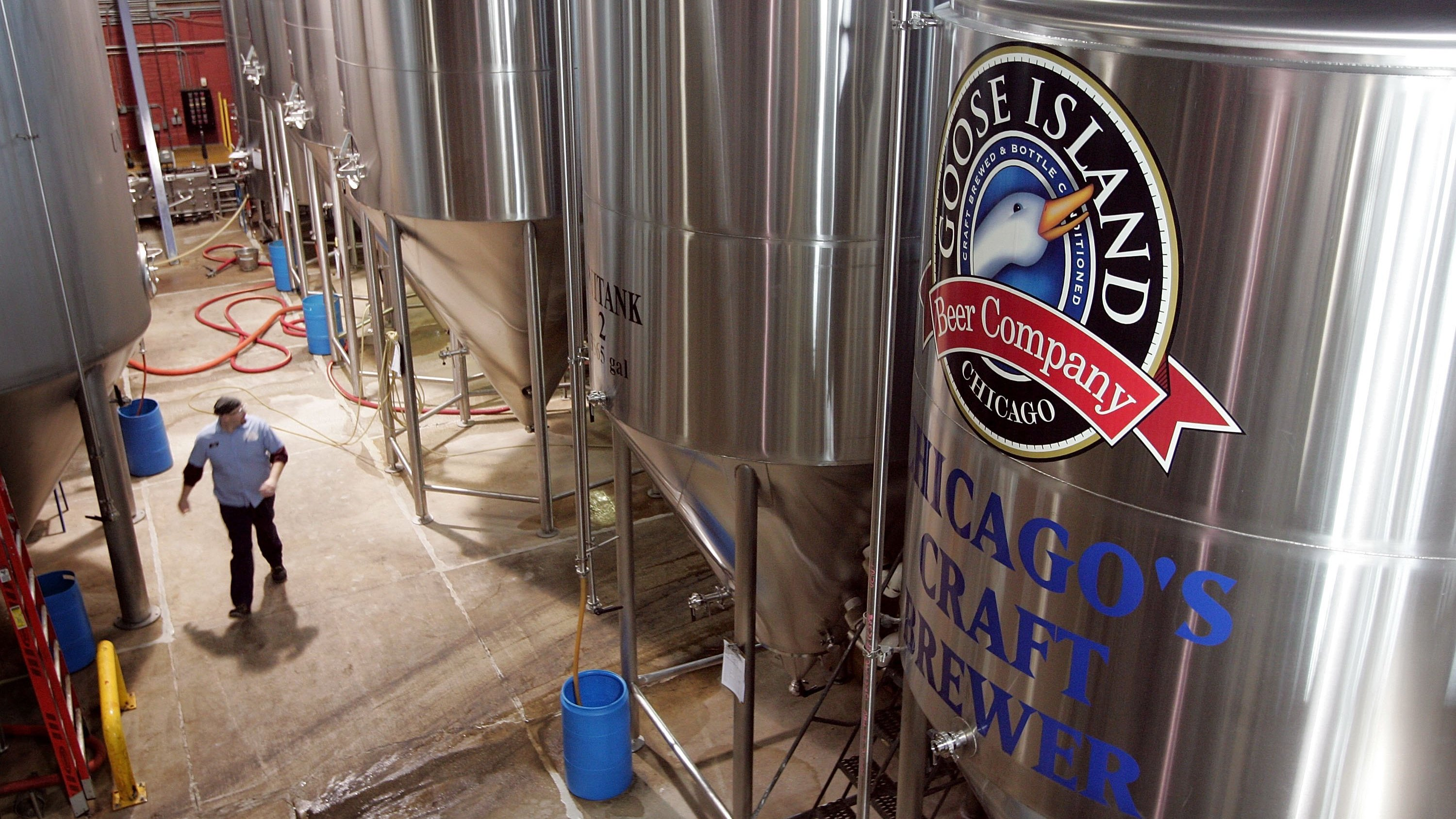Suck It, Denver: Chicago Now Home To More Breweries Than Any Other U.S. City
Yesterday, the Brewers Association trade group released its annual Year In Beer review, analyzing the growth of small and independent breweries. Most of the report contained about what I and other beer-industry watchers expected: craft beer volume grew at about 5 percent overall in 2018, with a record number of America breweries now in operation at more than 7,000. But there was one big surprise: the Chicago metro area boasts the most breweries of any American city, stealing the title from previous leaders Denver and San Diego.
With 167 breweries in the city and immediately surrounding suburbs, Chicago outpaced Denver's 158, Seattle's 153, and San Diego's 150. Windy City rival NYC clocked in with just 141—now who's the second city, eh? Eh? According to Brewers Association data quoted by the Chicago Tribune, Chicago was home to 62 breweries just five years ago. Pardon this editorializing, but that's insane.
In 2013, I was reporting on beer in Chicago for the Tribune's commuter paper, RedEye, and I felt like I could barely keep pace with it even back then. It felt like I heard about a new taproom every week. Chicago bar/retail store Beermiscuous had a map of Chicagoland breweries on its wall, which was guaranteed to need updating every few days. To think that number has almost tripled in the span of five years is crazy to me. Godspeed to all the Chicago beer writers struggling to keep pace.
One other interesting piece that's more nationally focused: Brewers Association chief economist Bart Watson found that the most densely populated urban areas aren't home to the most breweries per capita. Those areas are expensive and competitive. Instead, small towns of 2,500 to 10,000 people actually have the most breweries per capita: "those areas have 7.6 percent of the breweries in the country, despite only representing 3.5% of the U.S. population." That supports my conclusion that 7,000 breweries in the U.S. doesn't constitute a bubble. If you put one in every town with a population under 10,000, there's still plenty of room to grow.
